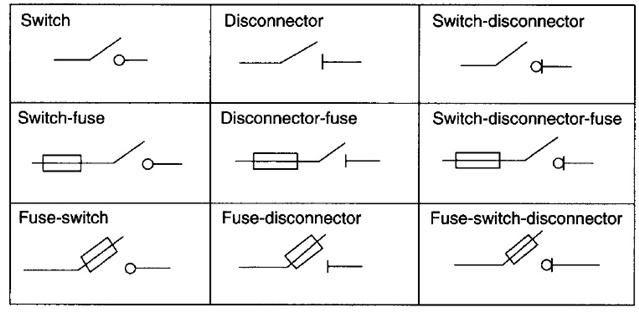good morrow
as per the 'subject' - when might one be used over the other and construction wise in an enclosure, what is the difference* ?
seperate to that, is it important to have the supply on the moving pole of the switch or the fixed side (if that makes sense) ?
the symbols are different too between the two types - one appears to show the fuse on the angled line of the switch where as on the other, it is on the horizontal line seperate from the switch.
the internet seems to not have an answer - at least on the basis of carrying out a nano-second search ;-)
thank you
* is the only difference being that the fuse also protects the switch, in a fuse-switch isolator...
edit: no idea what i typed but edited the symbols sentence to read 'between the two types', which it wasnt originally
edit2: rather bizarrely, the * sentence was erased to be replaced by 'edit spelling' ... i didnt erase the original entry there. strange. ive put it back as it was near enough once noticed. sorry.
